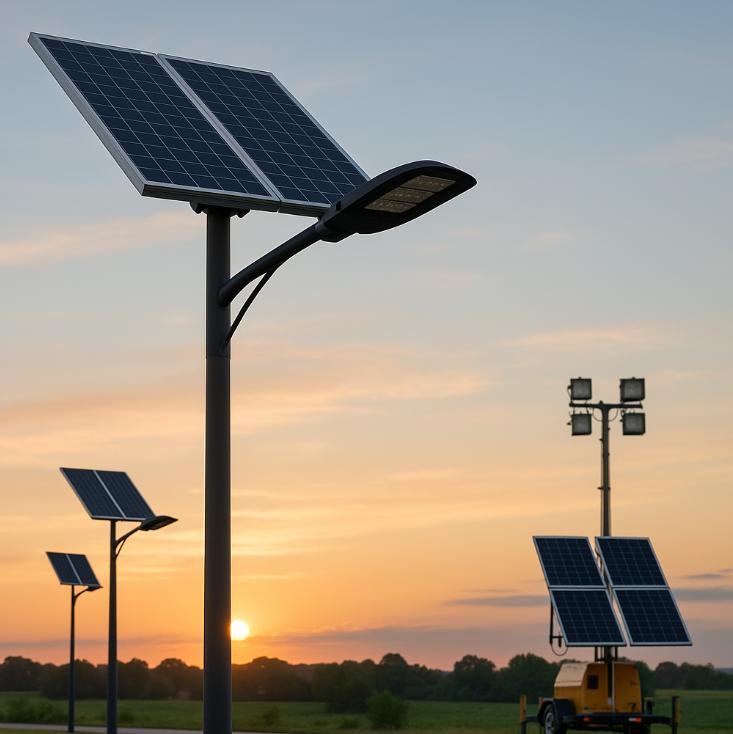Electrical Delivery SystemsPosted by Becky Johanson in The Basics.Power lines. We see them every day, yet we never notice them. From our homes to our offices, these complicated electrical delivery systems are one of many that provide us with the essential energy we need every day to survive. What Is an Electrical Delivery System?Most of our electricity comes from a centralized system, or an electricity grid. The electricity production starts with the power plants. The USA currently uses a wide variety of energy sources for electricity production, including nuclear, hydro-electric, coal, and natural gas power plants. As a recent trend, there are renewable energy plants as well, running on wind, solar, and biomass energy. Sadly, over 65% of our energy total came from burning fossil fuels, further damaging our planet.
The majority of the infrastructure for electricity production is power lines, which transport electricity from the power plant to the consumers. Low-voltage electricity is increased by a power plant transformer from 3-30 kV to 110-750 kV. This increase in power causes a loss of about 1-6% of energy through heat loss. Once the electricity reaches the consumers, it is incredibly dangerous, as the voltage is significantly higher than that used by the consumers. The intermediary between the high voltage transmission lines and the consumers is the substations. They take in the high-voltage electricity and convert it into more manageable voltages for further transportation. The transformers inside these substations can convert electricity to different power levels, depending on the needs. Distribution substations change the voltage back to the 3-30kV range, which the consumers can use. The electricity can be delivered overhead, using electrical posts, or underground, which is more common in big cities. This model of the electrical grid is used by almost all electricity-powered facilities. However, in recent years, there have been some small changes. There are people who install solar panels or other means of electricity production in order to reduce their dependency on the power grid. One reason to do this is the concern for the environment. By not contributing to the consumption of electricity from the power grid, people are helping reduce our carbon footprint. Another significant reason to use solar power is the cost. Once you install the solar panels, you are the owner of the means of electricity production. That translates into no more electricity bills. If you install industrial solar lighting on your commercial facility, the only cost you have is the initial investment and regular maintenance. When you factor in how much electricity lighting actually costs per month, this new model starts to sound quite appealing. An electrical delivery system, often referred to as the power distribution system, is the infrastructure that delivers electricity from the power generation source (such as a utility-scale plant or solar array) to end-use points like homes, commercial buildings, and streetlights. It includes:
Traditional electrical systems depend on grid-connected infrastructure, which requires extensive underground trenching, ongoing maintenance, and vulnerability to outages caused by storms, demand overloads, or grid failures. How Solar Lighting Skips the GridAt Greenshine New Energy, we design solar lighting systems that operate independently of traditional electrical delivery systems. This is made possible through:
By eliminating the need for grid tie-ins, our solar lights bypass the entire traditional delivery chain—cutting costs, lead times, and carbon emissions. Cost Comparison: Grid vs. Off-Grid Electrical Delivery
Off-grid solar lighting not only simplifies delivery, it offers faster deployment and fewer dependencies—ideal for remote, rural, or disaster-prone areas. Modernization of Electrical Delivery SystemsAcross the U.S., public utilities and cities are investing in smart grid technologies and decentralized energy systems. This includes:
Solar lighting systems—especially self-contained streetlights and mobile towers—fit perfectly into this modernization strategy. They help reduce stress on aging infrastructure, provide lighting continuity during blackouts, and align with municipal sustainability targets. Solar Lighting as a Delivery System ItselfThink of every solar street light as a micro delivery system. It captures, stores, and delivers electricity at the point of use, creating a closed-loop system. This decentralized model:
In cities pursuing smart lighting networks, Greenshine systems can even be integrated with wireless controls, motion sensors, or public Wi-Fi infrastructure, expanding the functionality of each "delivery node." Design Considerations in Delivery-Efficient Lighting SystemsWhen engineering a lighting project, delivery isn’t just about electricity—it’s about how efficiently that power is converted to usable light. Greenshine solar lighting designs consider:
This ensures high-performing, site-specific delivery of light without unnecessary energy loss or system oversizing. The Role of Decentralized Delivery in Public InfrastructureFederal legislation, such as the Bipartisan Infrastructure Law and Inflation Reduction Act, is accelerating the shift to localized clean energy systems—including EV charging, solar street lighting, and renewable-powered public infrastructure. Solar lighting is increasingly seen not just as illumination—but as a resilient energy delivery method that:
In this context, electrical delivery systems are becoming more diverse, more decentralized, and more digital—and Greenshine is ready to meet that future with robust, autonomous lighting solutions. Electrical delivery systems are the backbone of modern life, but the future demands smarter, cleaner, and more resilient solutions. Greenshine’s off-grid solar lighting represents a new paradigm—delivering light where it’s needed, when it’s needed, without the complexity, cost, or fragility of traditional grid infrastructure. Whether you’re planning a municipal project, a commercial development, or a rural site with no grid access, Greenshine offers the engineering expertise and energy independence needed to succeed in a rapidly changing world.
The Basics
|
ArchivesNo Archives Categories
Want More Info? |
LATEST NEWS & ARTICLES

